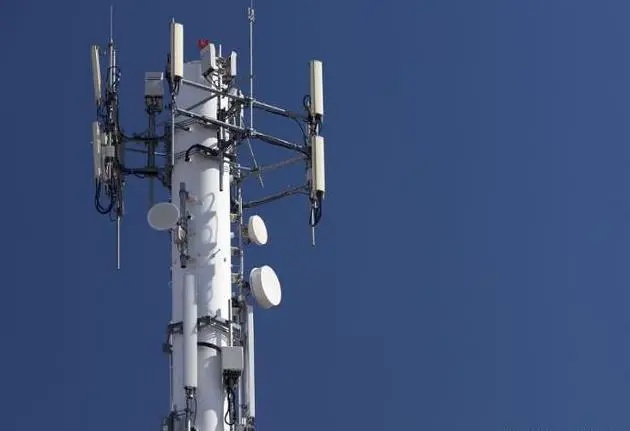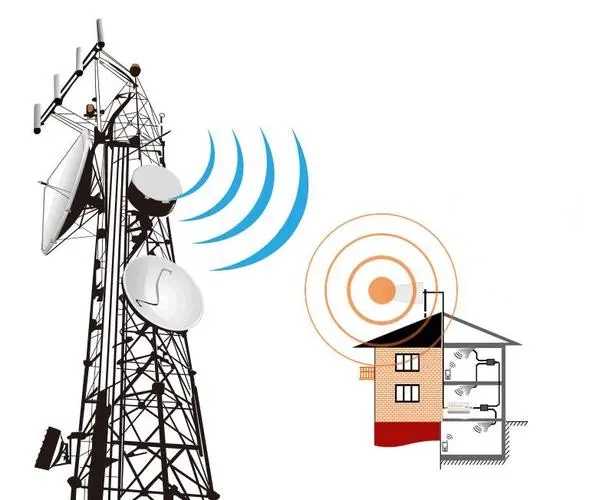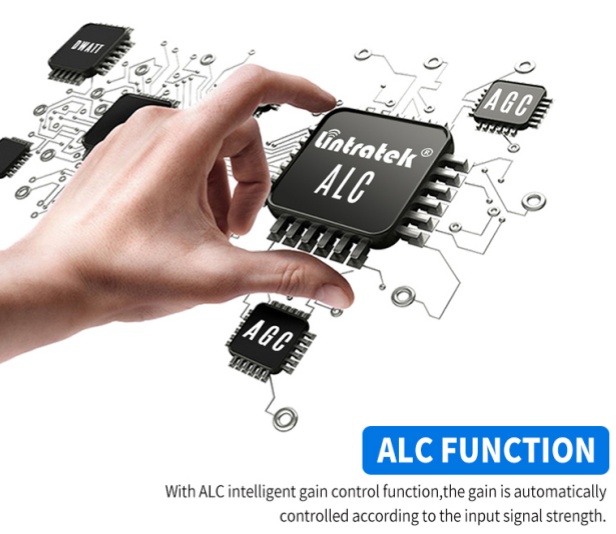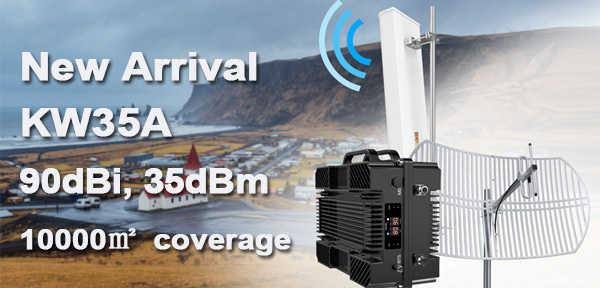Mobile signal boosters are devices designed to enhance the strength of mobile signal reception. They capture weak signals and amplify them to improve communication in areas with poor reception or dead zones. However, improper use of these devices can lead to interference with cellular base stations.
Cellular Base Station
Causes of Interference
Excessive Output Power: Some manufacturers may increase the output power of their boosters to meet user demands, which can result in noise interference and pilot pollution affecting base station communications. Often, the technical specifications of these boosters—such as noise figure, standing wave ratio, third-order intermodulation, and frequency filtering—do not comply with legal standards.
Improper Installation: Unauthorized mobile signal boosters are often poorly installed, potentially overlapping with the carrier’s coverage areas and preventing base stations from transmitting signals effectively.
Varying Device Quality: Using low-quality mobile signal boosters with poor filtering can cause serious interference to nearby carriers’ base stations, leading to frequent disconnections for users in the vicinity.
Mutual Interference: Multiple mobile signal boosters can interfere with each other, creating a vicious cycle that disrupts communication in localized areas.
Recommendations to Reduce Interference
-Use certified devices that meet legal and regulatory standards.
-Have professionals install and calibrate the equipment to ensure proper positioning and angle.
-Conduct regular maintenance and inspections to ensure optimal performance.
-Contact your carrier for professional testing and solutions if signal issues arise.
The AGC and MGC Features of Mobile Signal Boosters
AGC (Automatic Gain Control) and MGC (Manual Gain Control) are two common gain control features found in mobile signal boosters.
1.AGC (Automatic Gain Control): This feature automatically adjusts the gain of the booster to maintain the output signal within a specified range. An AGC system typically consists of a variable gain amplifier and a feedback loop. The feedback loop extracts amplitude information from the output signal and adjusts the amplifier’s gain accordingly. When the input signal strength increases, AGC reduces the gain; conversely, when the input signal decreases, AGC increases the gain. Key components involved include:
-AGC Detector: Monitors the amplitude of the amplifier’s output signal.
-Low-Pass Smoothing Filter: Eliminates high-frequency components and noise from the detected signal to generate a control voltage.
-Control Voltage Circuit: Produces a control voltage based on the filtered signal to adjust the amplifier’s gain.
-Gate Circuit and DC Amplifier: These may also be included to further refine and optimize gain control.
2.MGC (Manual Gain Control): Unlike AGC, MGC allows users to manually adjust the amplifier’s gain. This feature can be useful in specific situations where automatic gain control does not meet particular needs, enabling users to optimize signal quality and device performance through manual adjustments.
In practice, AGC and MGC can be used independently or in conjunction to offer a more flexible signal amplification solution. For instance, some advanced mobile signal boosters incorporate both AGC and MGC functionalities, allowing users to switch between automatic and manual modes based on varying signal environments and user requirements.
AGC and MGC Design Considerations
When designing AGC algorithms, factors such as signal characteristics and RF front-end components are critical. These include initial AGC gain settings, signal power detection, AGC gain control, time constant optimization, noise floor management, gain saturation control, and dynamic range optimization. Together, these elements determine the performance and effectiveness of the AGC system.
In mobile signal boosters, AGC and MGC functionalities are often combined with other smart control technologies, such as ALC (Automatic Level Control), ISO self-oscillation elimination, uplink idle shutdown, and automatic power shutoff, to provide more efficient and reliable signal amplification and coverage solutions. These features ensure that the amplifier can automatically adjust its operational state based on actual signal conditions, optimize signal coverage, minimize interference with base stations, and enhance overall communication quality.
Lintratek Mobile Signal Boosters: AGC and MGC Features
To address these challenges, Lintratek’s mobile signal boosters are specially equipped with AGC and MGC functions.
KW20L Mobile Signal Booster with AGC
Lintratek’s mobile signal boosters are designed with a focus on minimizing interference and enhancing signal quality. Through precise gain control technology and high-quality components, they deliver stable and clear communication signals without disrupting the normal operation of base stations. Additionally, our mobile signal boosters employ advanced filtering techniques to ensure signal purity and reduce interference with other signals.
Commercial Mobile Signal Booster with AGC&MGC
Choosing Lintratek’s mobile signal boosters means opting for a reliable solution that enhances communication quality while avoiding unnecessary interference with base stations. Our products undergo rigorous testing and optimization to ensure optimal performance in various environments. With our mobile signal boosters, users can enjoy a more stable and clearer calling experience in weak signal areas while safeguarding the proper functioning of base stations.
Post time: Sep-23-2024














